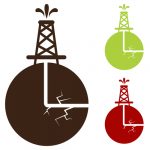A Label for All Seasons … and All Situations
In yesterday’s article, we looked at the labeling requirements for solid materials, specifically, when a solid material is an “article” that does not require labeling and when it is a potentially hazardous chemical that must be labeled. Today, we’ll look at other unusual labeling situations that may arise and how to handle them.









